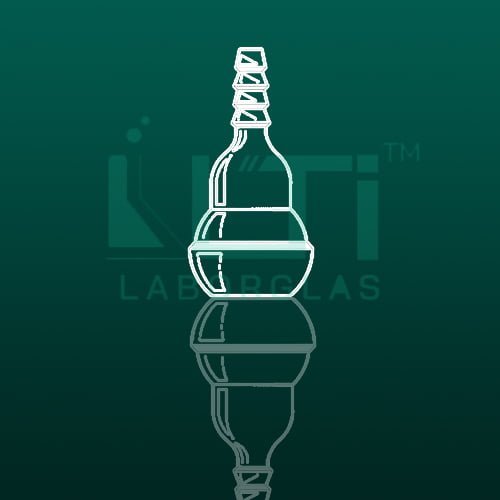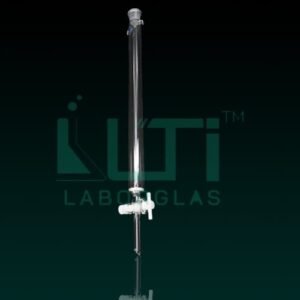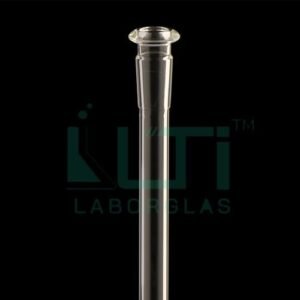Chemical Resistant
| Part No. | Joint | Pack QTY. |
| 2200-12 | 12/5 | 10 |
| 2200-18 | 18/9 | 10 |
| 2200-28 | 28/15 | 10 |
| 2200-35 | 35/20 | 10 |
| 2200-35-A | 35/25 | 10 |
Potential uses for such an adapter:
- Chemical Reactions:
- The straight ball joint with hose connection can be used in chemical reactions to connect various components of the reaction setup. The hose connection allows for the introduction of reagents or the removal of reaction by-products.
- Distillation Setups:
- In distillation experiments, the straight ball joint can facilitate the connection between the distillation flask and the condenser. The hose connection might be used for vacuum or inert gas supply to control the distillation process.
- Vacuum Applications:
- The hose connection can be utilized for attaching a vacuum source, making the adapter suitable for vacuum filtration setups or other applications where a vacuum is required.
- Liquid Transfer:
- The hose connection allows for controlled liquid transfer between different pieces of glassware, making it useful for processes such as titrations or liquid-phase reactions.
- Gas Inlet or Outlet:
- The hose connection may serve as a gas inlet or outlet, making the adapter suitable for introducing gases into reactions or facilitating the removal of gas by-products.
- Laboratory Plumbing:
- The straight ball joint with hose connection can be part of the laboratory plumbing system, providing a flexible and adaptable connection for hoses used in various experiments.
- Versatile Experimental Setups:
- The adapter’s design allows for versatility in experimental setups, accommodating different laboratory configurations and facilitating the connection of hoses for various purposes.
- Standardization:
- The use of adapters in accordance with certain standards, such as those set by ASTM, can contribute to the standardization of laboratory procedures, ensuring compatibility and consistency in experimental setups.







